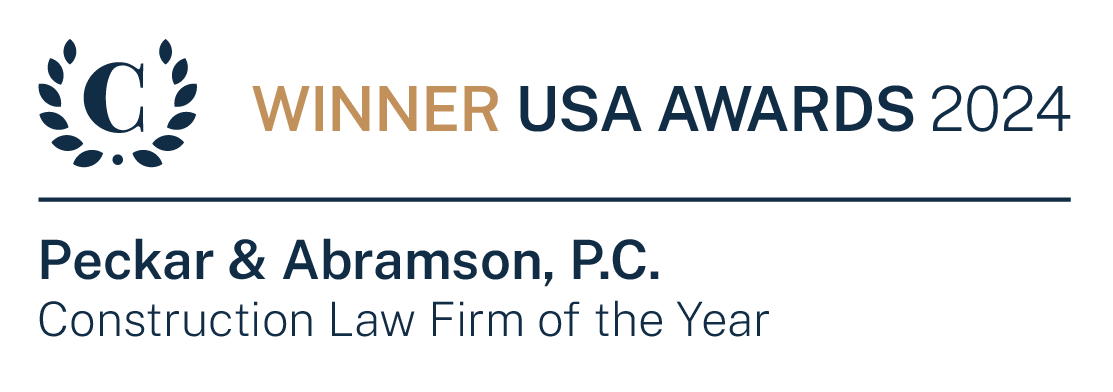Enviroconlaw Blog
US EPA Proposes Lowering Dust-Hazard Standards and Leaves Definition of Lead-Based Paint Untouched
By: Peck Law
Published Date: October 24, 2018
The U.S. Environmental Protection Agency recently celebrated National Lead Poisoning Prevention Week, during which the agency attempted to raise awareness of efforts and collaborations to reduce childhood exposure to lead. This is a good time to look back at recent developments pertaining to contractors and the requirements placed on them as part of EPA’s lead-reduction program. One of those primary requirements is the Lead-Based Paint Renovation, Repair, and Painting (“RRP”) Rule, under which firms performing renovation, repair, and painting projects that disturb lead-based paint in homes, child care facilities and pre-schools built before 1978 have their firm certified by EPA (or a state agency), use certified renovators who are trained by EPA-approved training providers, and follow lead-safe work practices.
Late last year, EPA was ordered by the Ninth Circuit Court of Appeals to respond, within ninety days, to an administrative petition from several environmental and public health advocacy groups requesting that EPA lower the agency’s dust-lead hazard standards (“DLHS”) and the dust-lead clearance levels for floors and window sills. The DLHS protects young children, especially toddlers who crawl on the floor and frequently put their hands in their mouths. Clearance levels ensure that no hazards remain after an abatement project is complete. The petition also requested that the agency change the definition of lead-based paint to include a lower concentration of lead in paint that would have triggered certain obligations. Any changes in the dust-lead clearance levels and the definition of lead-based paint could have impacted work by contractors under the RRP for numerous reasons.
This past summer, EPA issued a proposed rule to tighten the DLHS from 40 µg/ft2 and 250 µg/ft2 to 10 µg/ft2 and 100 µg/ft2 on floors and window sills, respectively. (83 Fed. Reg. 30,889-30,901.) EPA proposed these changes based on new data that became available since 2001 indicating that health risks exist at lower blood lead levels than previously recognized. This rule is estimated to result in costs to industry of between $66 million to $119 million per year.
The agency did not propose any explicit changes to the dust-lead clearance levels or to the definition of lead-based paint, because EPA found that there was insufficient information to support such a change. As a result, the agency stated that its proposal would not trigger new requirements under the existing RRP Rule:
- The existing RRP work practices are required where [lead-based paint] is present (or assumed to be present), and are not predicated on dust-lead loadings exceeding the hazard standards. The existing RRP regulations do not require dust sampling prior to or at the conclusion of a renovation and, therefore, will not be directly affected by a change to the DLHS.
However, this change would impact other regulatory programs, including EPA’s risk assessment work practice standards, lead-based paint disclosures under EPA-HUD regulations, and HUD requirements for federally-assisted or federally-owned housing. Public comments about the proposed rule closed on August 16, 2018, so contractors should be aware when EPA publishes its final rule—and be aware of any changes that the agency makes in that final rule.









